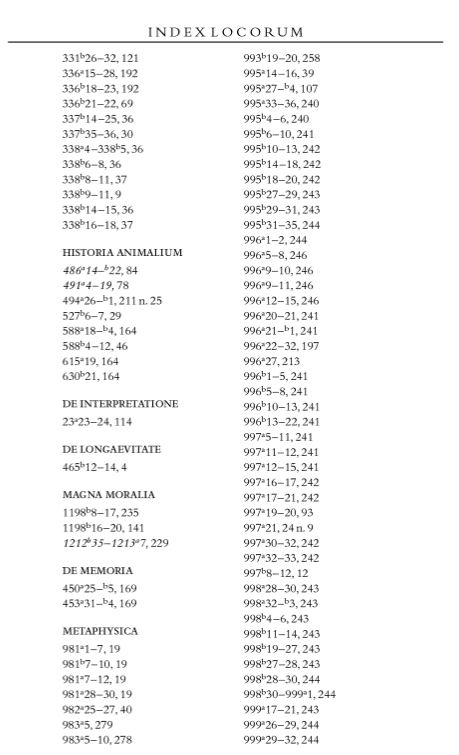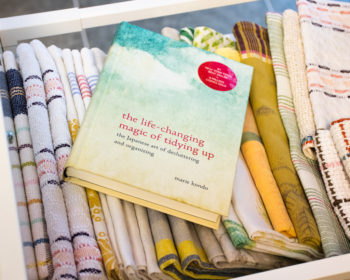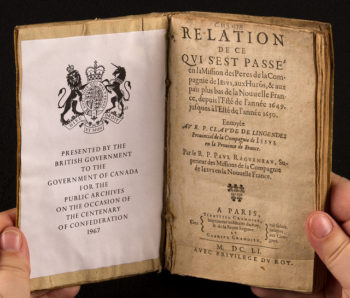 Of the all the book titles published in Canada, scholarly books make up less than 3% (Statistics Canada, 2016). For indexers, however, scholarly publishing is a significant category and can be an important source of work. But, as many indexers know, the niche has its challenges.
Of the all the book titles published in Canada, scholarly books make up less than 3% (Statistics Canada, 2016). For indexers, however, scholarly publishing is a significant category and can be an important source of work. But, as many indexers know, the niche has its challenges.
Enid Zafran calls scholarly indexing “one of the most ‘brain-challenging’ types of work for indexers. Authors can wander, repeat, and be obscure as they write for others in their subject specialty.” Join us at ISC/SCI Conference on May 24-25 in Ottawa, as Enid presents “Scholarly Indexing of Books: Go Deep”. In this presentation, Enid will discuss how to approach these works, the importance of author relations, and the future of the scholarly niche.
By the way, Enid’s Sunday workshop on indexing names is now filled. However, you can add yourself to the wait list when you register for the conference.

 Writing an index can be like building a magnificent backyard storage shed one brick at a time, with no blueprint and no idea of what the finished product will look like.
Writing an index can be like building a magnificent backyard storage shed one brick at a time, with no blueprint and no idea of what the finished product will look like.
 Marie Kondo, the author of The Life Changing Magic of Tidying Up, teaches a method to help us deal with the material items in our lives. In her Netflix series, “Tidying Up with Marie Kondo”, she helps desperate unhappy people who are wallowing in clutter by showing them how to get their houses in order once and for all. Her method includes techniques, such as folding laundry, as well as approaches toward material things, like thanking an item for its service before you discard it. To decide what to keep and what to let go, you ask yourself “Does this spark joy?”
Marie Kondo, the author of The Life Changing Magic of Tidying Up, teaches a method to help us deal with the material items in our lives. In her Netflix series, “Tidying Up with Marie Kondo”, she helps desperate unhappy people who are wallowing in clutter by showing them how to get their houses in order once and for all. Her method includes techniques, such as folding laundry, as well as approaches toward material things, like thanking an item for its service before you discard it. To decide what to keep and what to let go, you ask yourself “Does this spark joy?”
